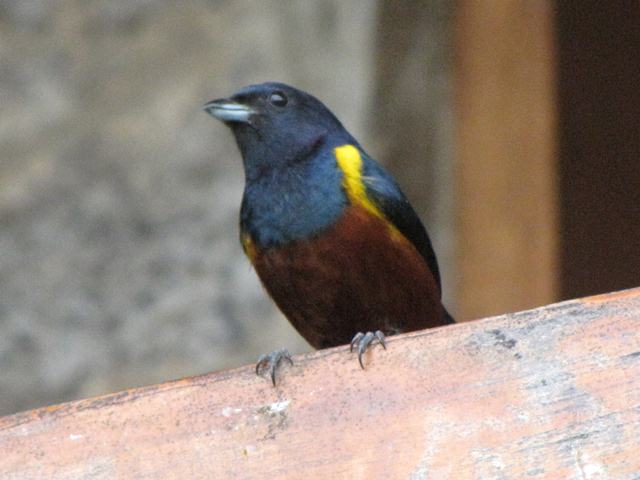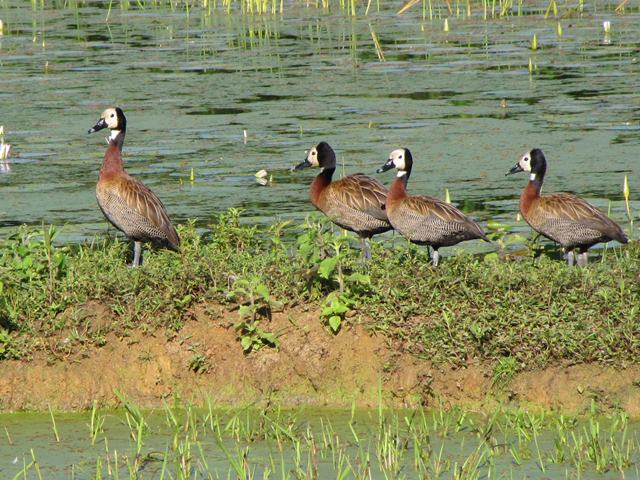
White-faced Whistling-Ducks Dendrocygna viduata 14 Oct 2010, Guapi Assu Bird Lodge

The tropics are known for colorful birds. What may be less known is that the tropics also are home to a very large number of plain brown, gray, or greenish birds. On this page I've selected a few photos that perhaps are interesting enough not to try the patience of non-birding friends. Birders will probably want to look through the other, more inclusive, pages (where these photos are also repeated).
White-faced Whistling-Ducks Dendrocygna viduata 14 Oct 2010, Guapi Assu Bird Lodge

Purple Gallinule Porphyrio martinica 14 Oct 2010 Guapi Assu Bird Lodge
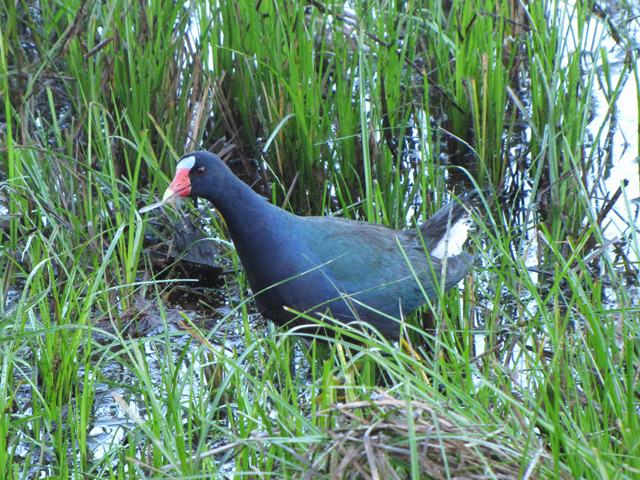
Maroon-bellied Parakeet Pyrrhura frontalis 10 Oct 2010 Itatiaia National Park
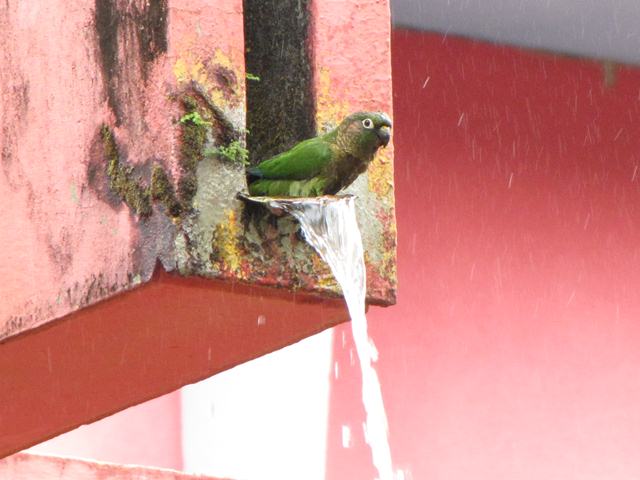
Tropical Screech-Owl Megascops choliba 14 Oct 2010, Guapi Assu Bird Lodge
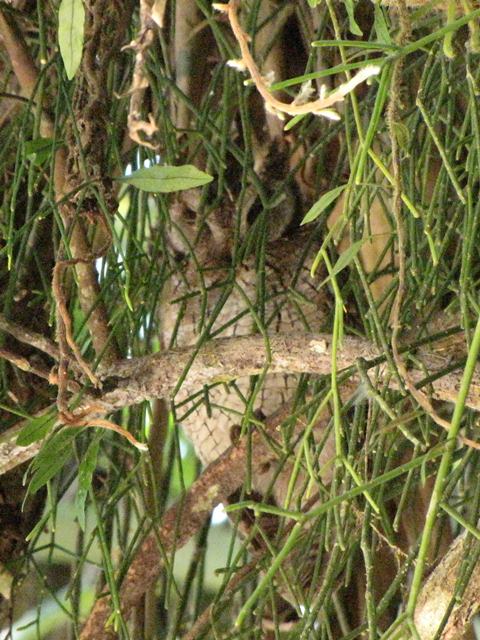
Common Potoo Nyctibius griseus 13 Oct 2010, Guapi Assu Bird Lodge, pretending to be the end of a dead snag.
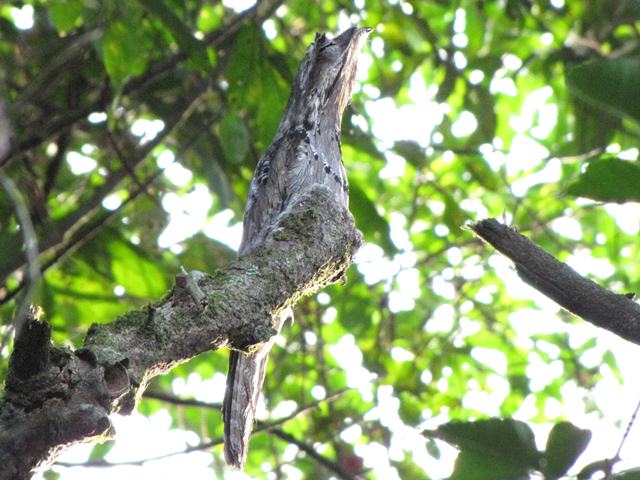
Swallow-tailed Hummingbird Eupetomena macroura 14 Oct 2010, Guapi Assu Bird Lodge
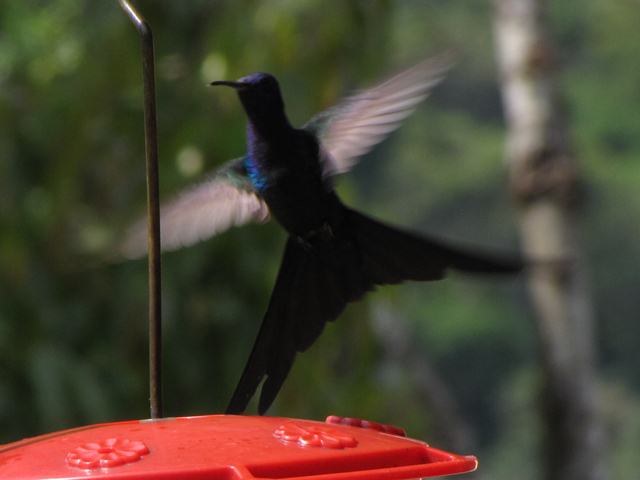
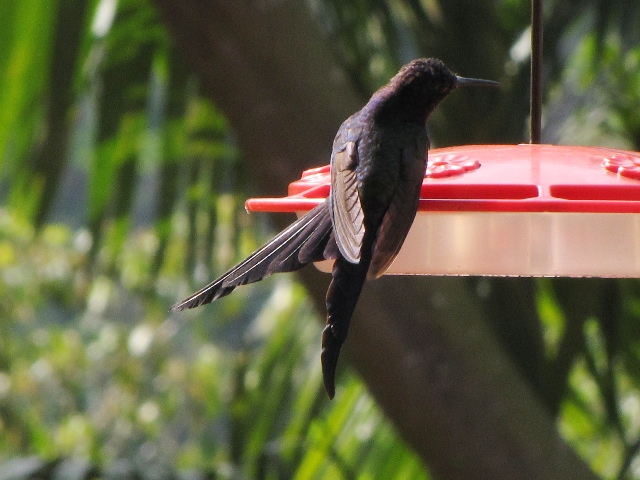
Festive Coquette Lophornis chalybeus 8 Oct 2010, Ubatuba
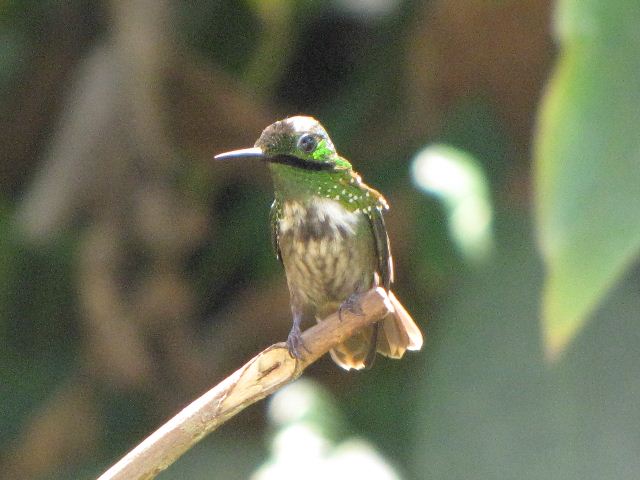
Violet-capped Woodnymph Thalurania glaucopis 8 Oct 2010, Ubatuba
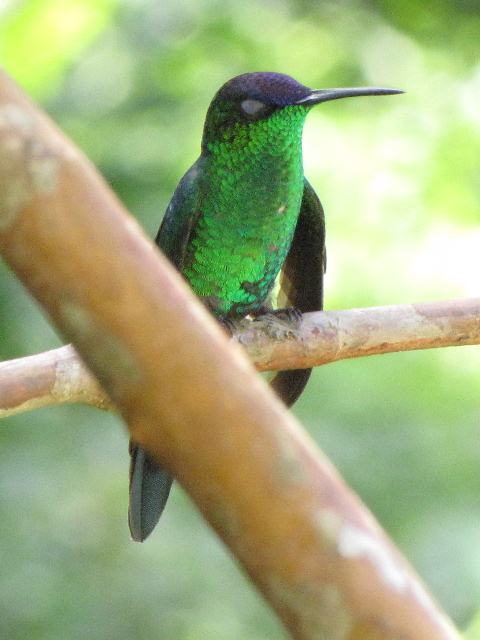
10–11 Oct 2010, Itatiaia National Park
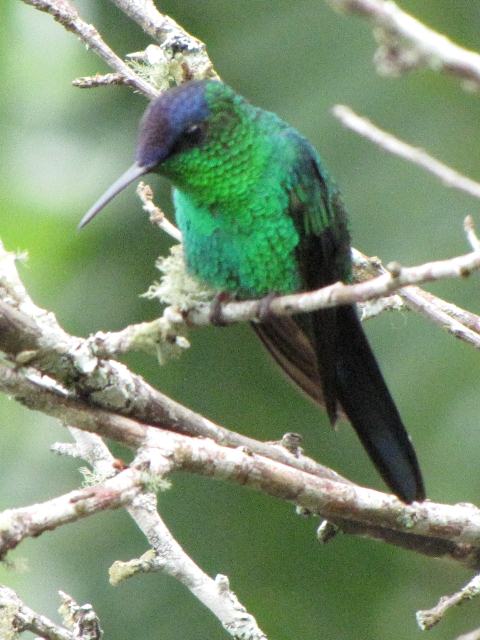
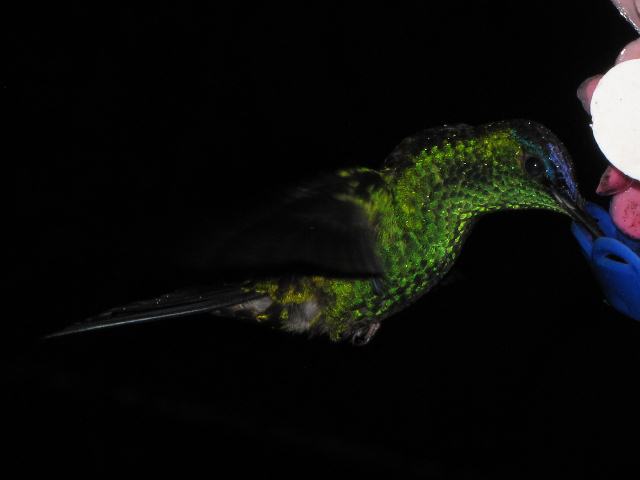
Brazilian Ruby male 10–11 Oct 2010, Itatiaia National Park. As in many hummingbirds, males often look solid dark.
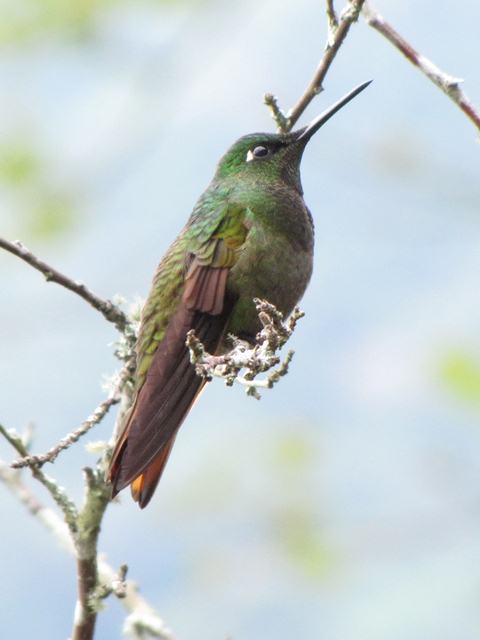
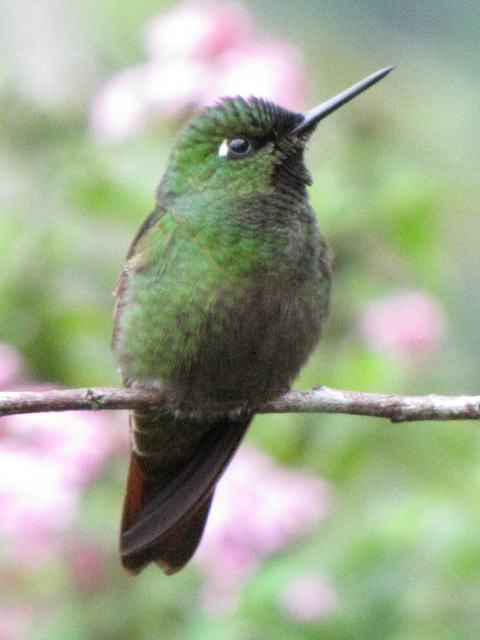
until...
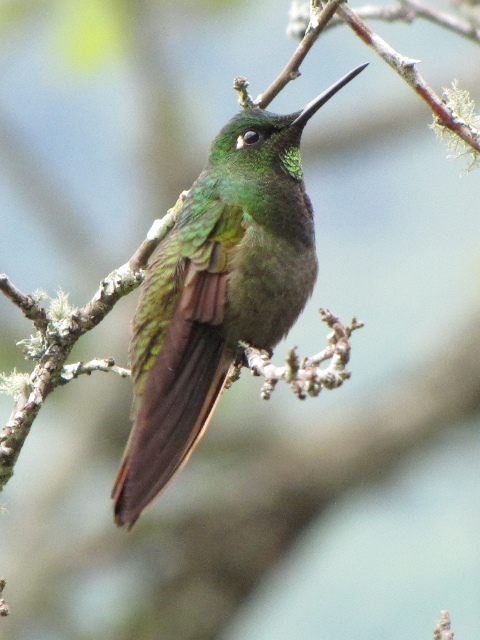
they catch the light just right.
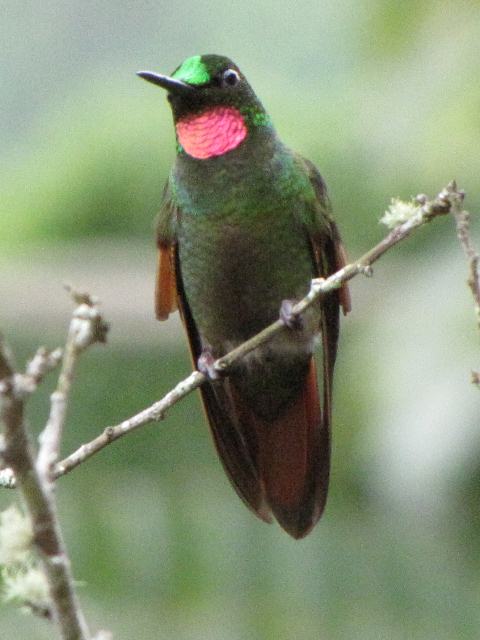
Surucua Trogon Trogon surrucura 20 Oct 2010, Caraça
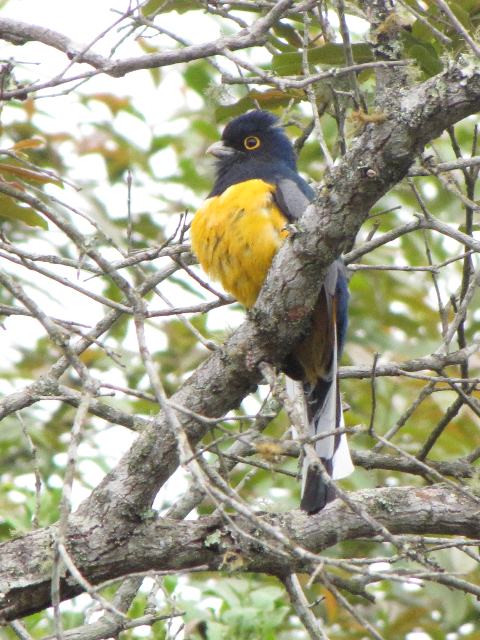
Three-toed Jacamar Jacamaralcyon tridactyla 18 Oct 2010, near Carmo. This is a very endangered endemic that we made a special trip to see. Apparently it is still fairly easy to find in the right place, but right places have become very few.
You can see in the first photo that it has only two forward-pointing toes on each foot. Q: Is that why it's called Three-toed Jacamar?
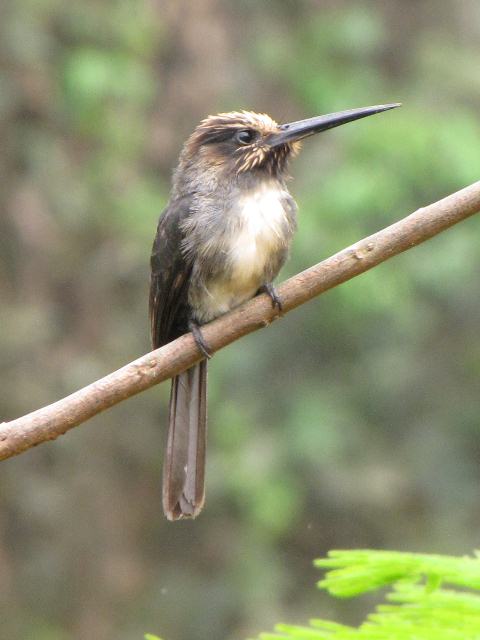
A: No, jacamars are zygodactyl. This species is three-toed because it only has one backwards-pointing toe instead of two as in other jacamars.
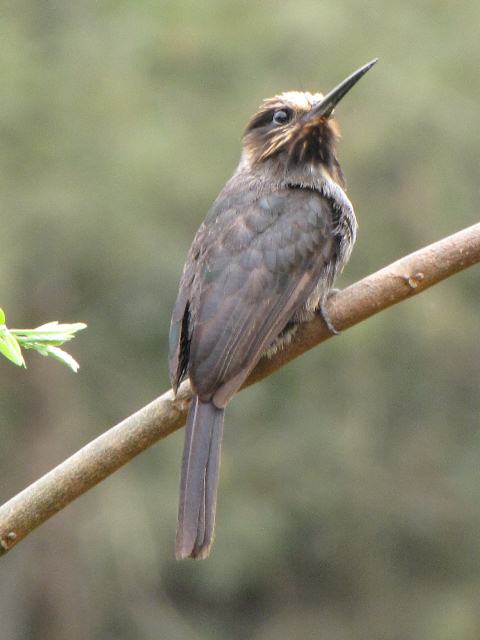
Robust Woodpecker Campephilus robustus 10 Oct 2010, Itatiaia National Park. A small congener of the Ivory-billed Woodpecker. Later, we heard some of them doing double-knocks.
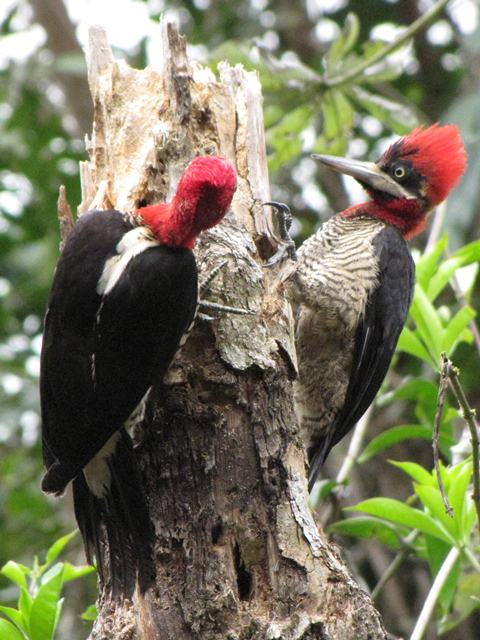
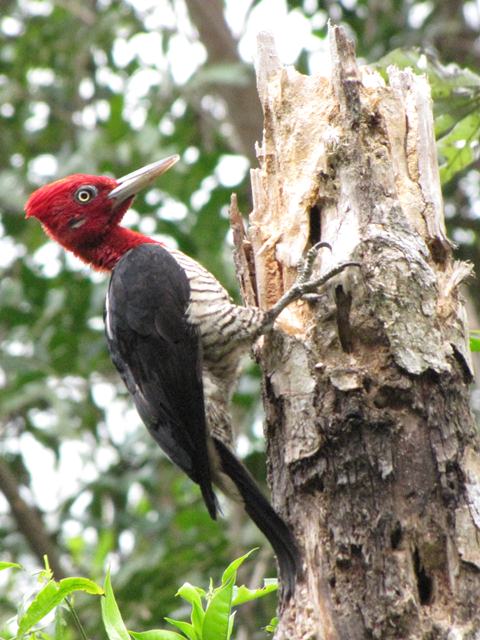
Streaked Xenops Xenops rutilans 10 Oct 2010, Itatiaia National Park
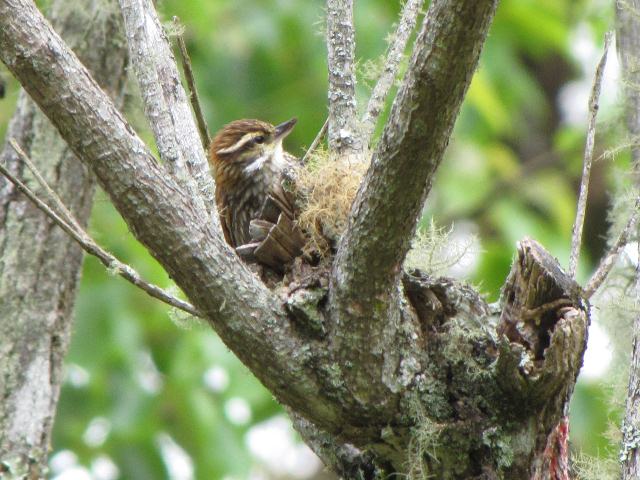
Streamer-tailed Tyrant Gubernetes yetapa 24 Oct 2010, Resende
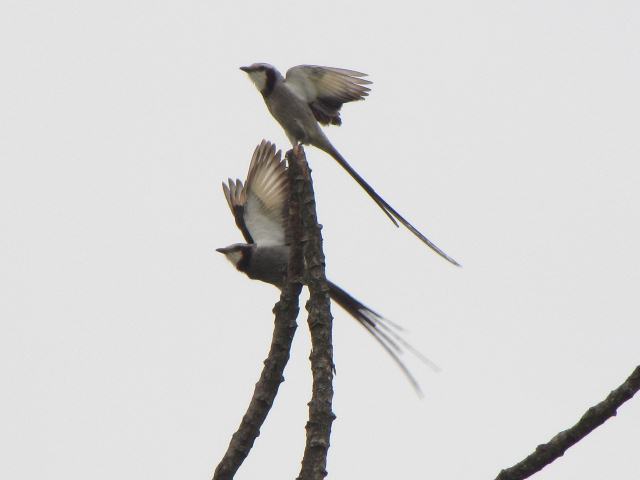
Long-tailed Tyrant Colonia colonus 19 Oct 2010, Caraça
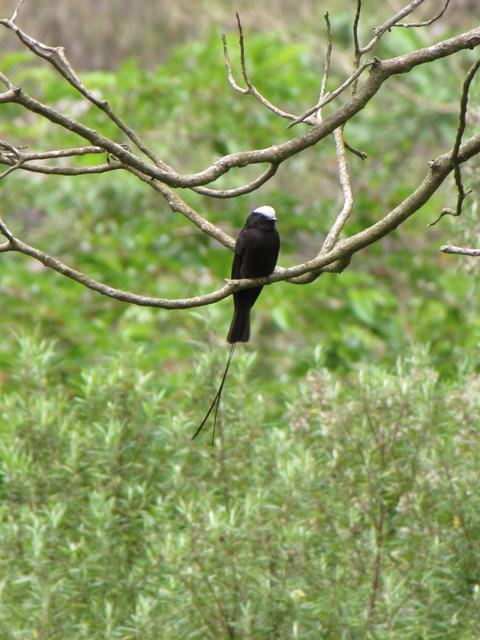
Fork-tailed Flycatcher Tyrannus savana 13 Oct 2010, Guapi Assu Bird Lodge
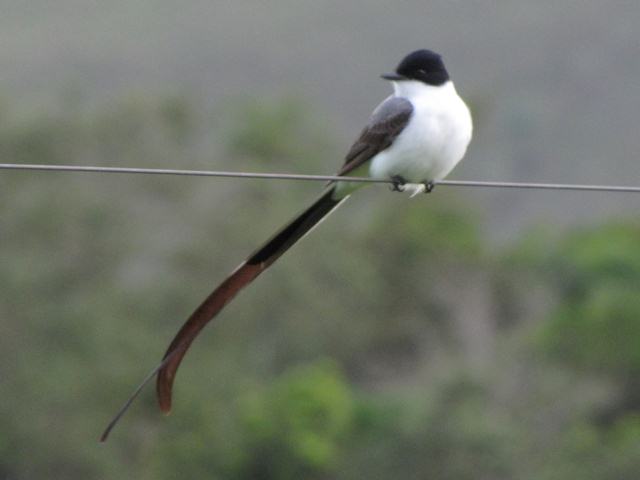
Black-and-gold Cotinga Tijuca atra 15 Oct 2010, Macaé do Cimo
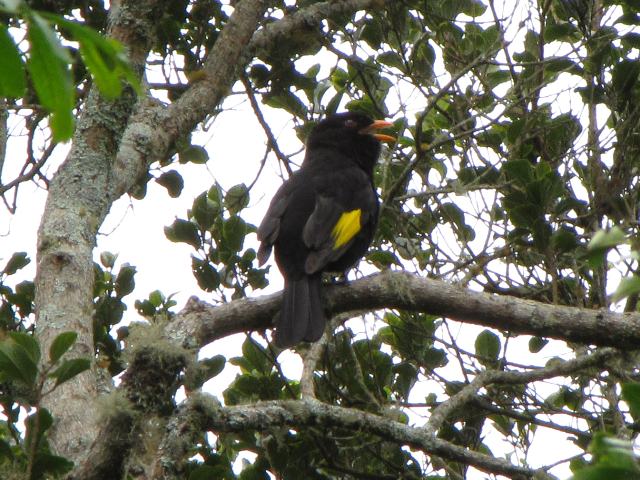
Audio of the Black-and-gold Cotinga's unusual vocalization
Swallow-tailed Cotinga Phibalura flavirostris 10 and 12 Oct 2010, Itatiaia National Park
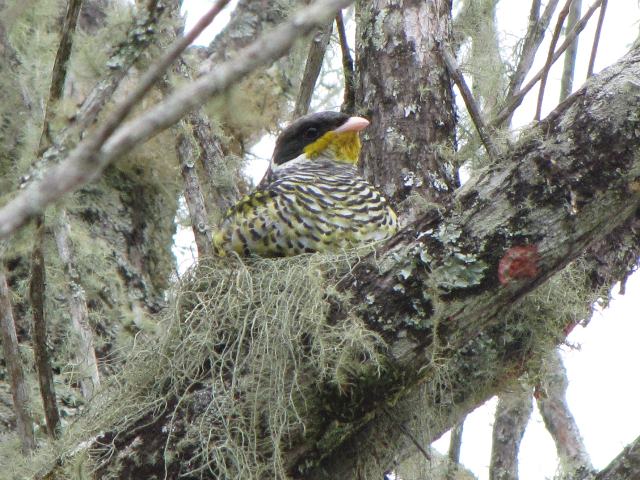
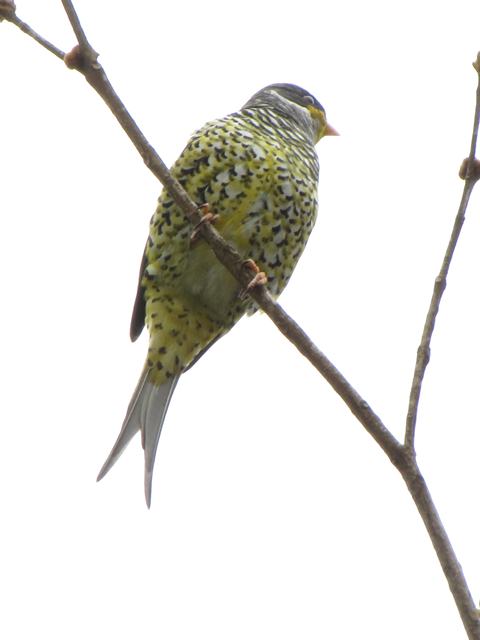
Brazilian Tanager Ramphocelus bresilisu 12 Oct 2010, Guapi Assu Bird Lodge
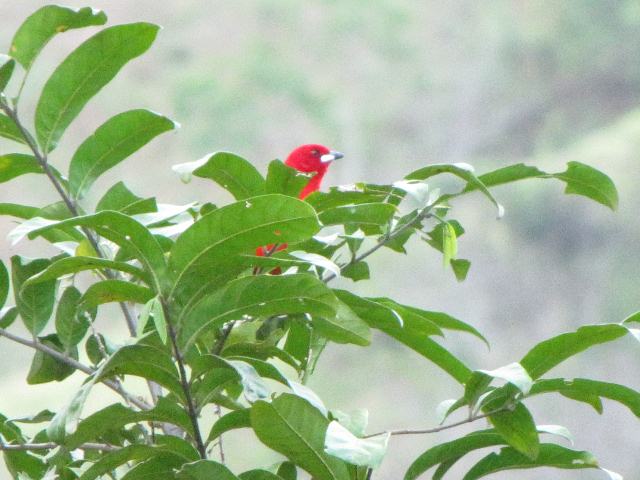
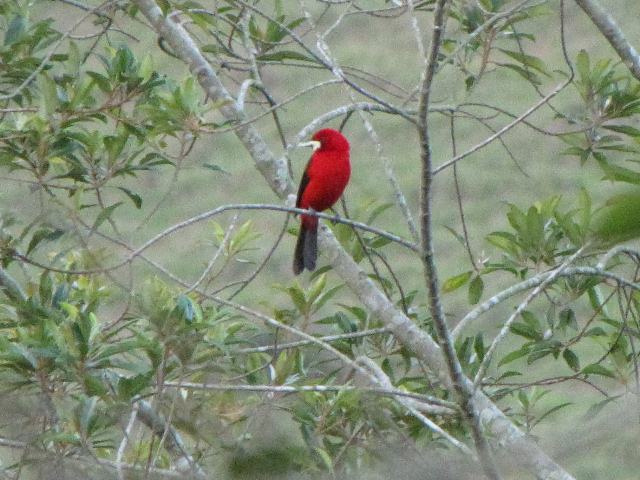
Green-headed Tanager Tangara seledon 12 Oct 2010, Itatiaia National Park. It was hard to pull away from photographing these.
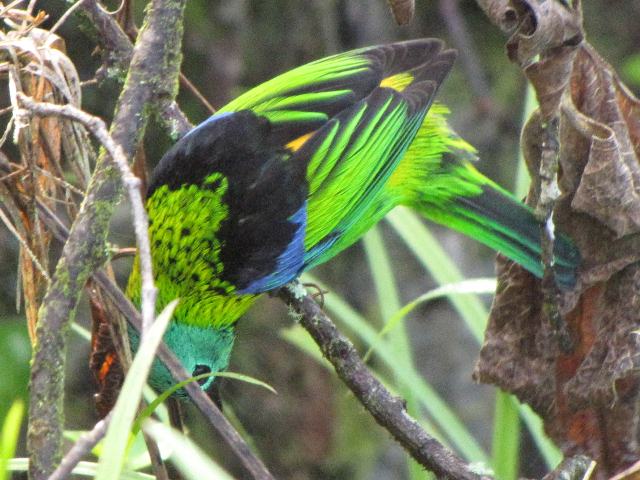
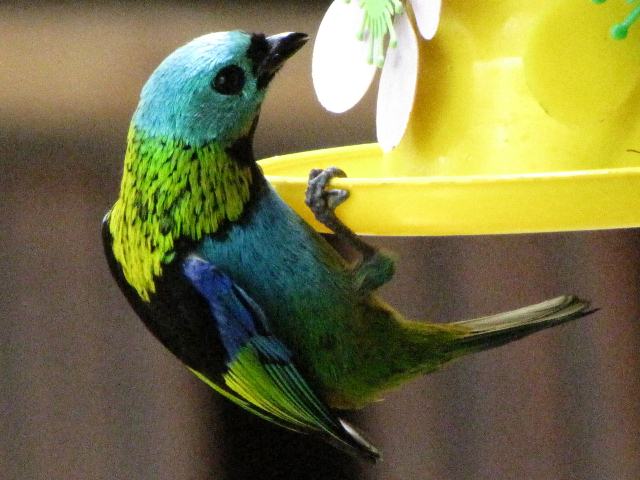
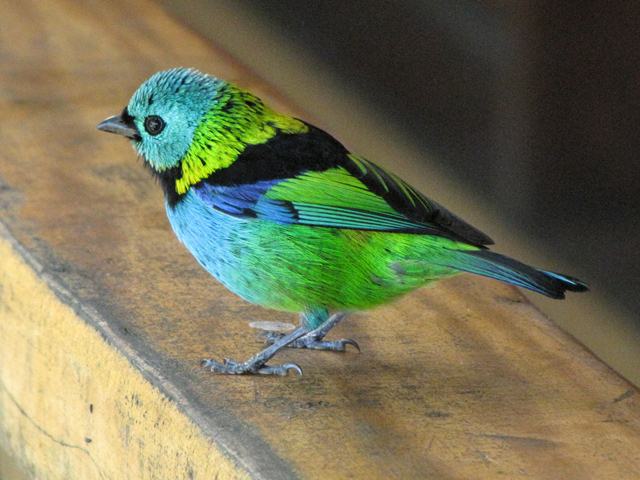
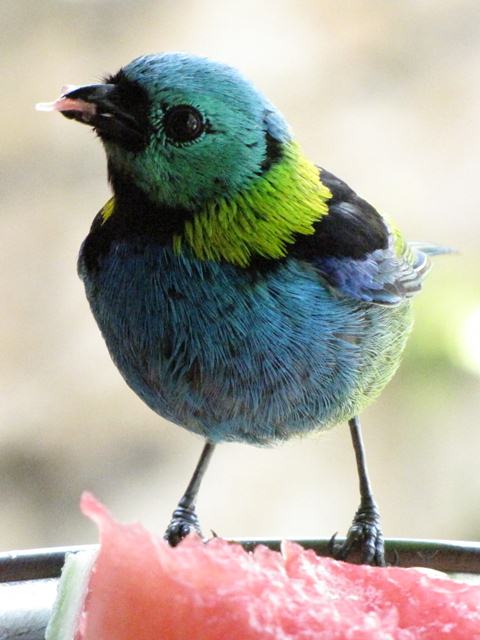
Brassy-breasted Tanager Tangara desmaresti 23 Oct 2010, Agulhas Negras Road
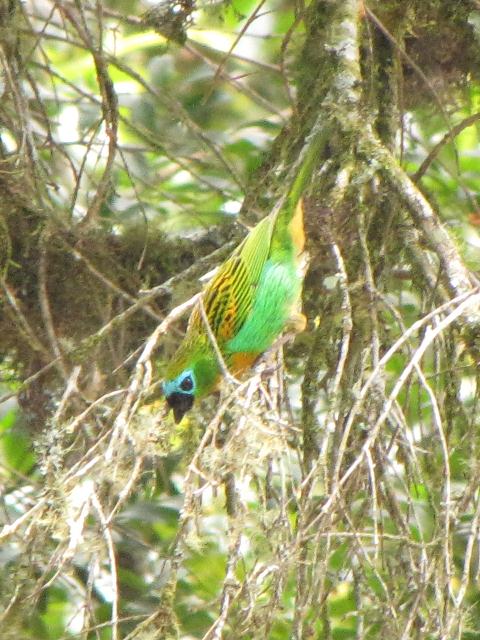
Burnished-buff Tanager Tangara cayana 21 Oct 2010, Serra do Cipó
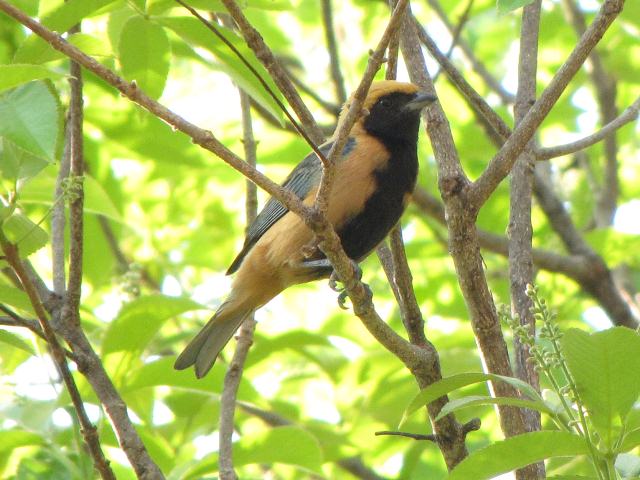
Rufous-collared Sparrow Zonotrichia capensis 10 Oct 2010, Itatiaia National Park
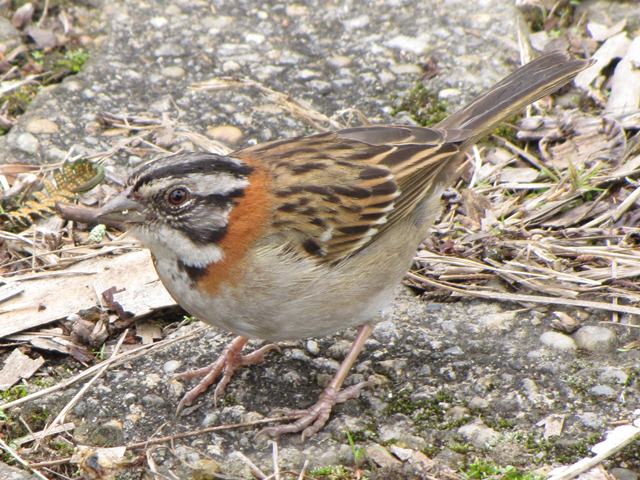
Chestnut-bellied Euphonia Euphonia pectoralis 10 Oct 2010, Itatiaia National Park
